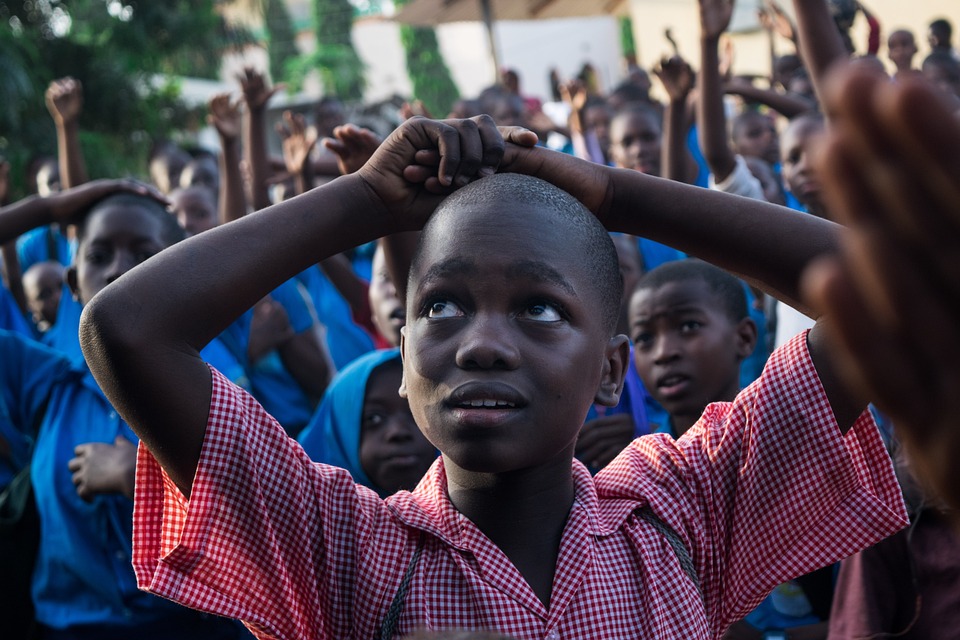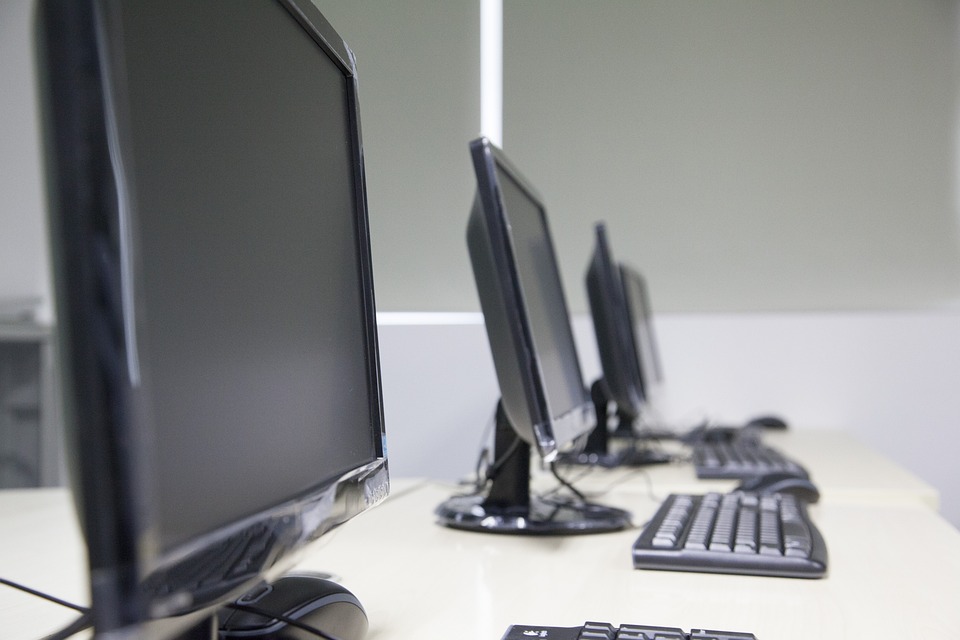- Goals
1.1. Main objectives:
- Provide a clear and comprehensive understanding of the concepts of sustainability and the environment, as well as the intrinsic relationship between them.
- Develop critical and systemic thinking skills in students.
- Instill in students the importance of making ethical and responsible decisions in relation to the environment and sustainability.
1.2. Secondary objectives:
- Stimulate students' creativity and innovation in developing solutions to environmental and sustainability challenges.
- Promote collaboration among students, valuing diversity of perspectives and encouraging teamwork.
- Foster efficient communication skills in students, enabling them to express ideas about sustainability and the environment clearly.
- Encourage students to evaluate the impact of environmental policies and practices, using appropriate research methods.
- Cultivate students' ability to engage in action and advocacy, promoting sustainability at the local, national and global level.
- Introduction
To introduce the class, there will be a review of the concepts of sustainability and the environment covered in previous classes. Next, two problem situations will be presented to stimulate students' thinking about human actions and their impacts on the environment. Real examples will be highlighted that demonstrate the importance of sustainability for a prosperous future. Curiosities and stories related to the topic will also be shared to spark students' interest.
- Development
3.1. Review of previous knowledge
There will be a review of key concepts covered in previous classes, such as ecology, conservation, pollution, among others.
3.2. Presentation of the theory
The relationship between sustainability and the environment will be explained, addressing the economic, social and environmental pillars. Students will be encouraged to actively participate in the discussion and connections will be made with practical examples.
3.3. Practical activities
– Activity 1: Environmental impact simulation game. Students will make decisions about the use of natural resources in an ecosystem.
– Activity 2: Design of sustainable solutions. Students will work in groups to develop solutions to specific environmental problems.
4. Return
4.1. Learning Check
Students will share their experiences and lessons learned in practical activities, relating them to the theoretical concepts presented.
4.2. Student feedback
Students will provide feedback on the lesson, highlighting the most important concept learned and possible questions.
5. Homework
Exercises on the class topic will be suggested for students to do at home, reinforcing learning and allowing independent application of concepts.
6. Conclusion
A summary of the main points discussed in the class will be made, emphasizing the importance of sustainability and care for the environment for a prosperous and sustainable future. Actions students can take in their daily lives to promote sustainability will be highlighted. Additional resources for further study will be suggested.



